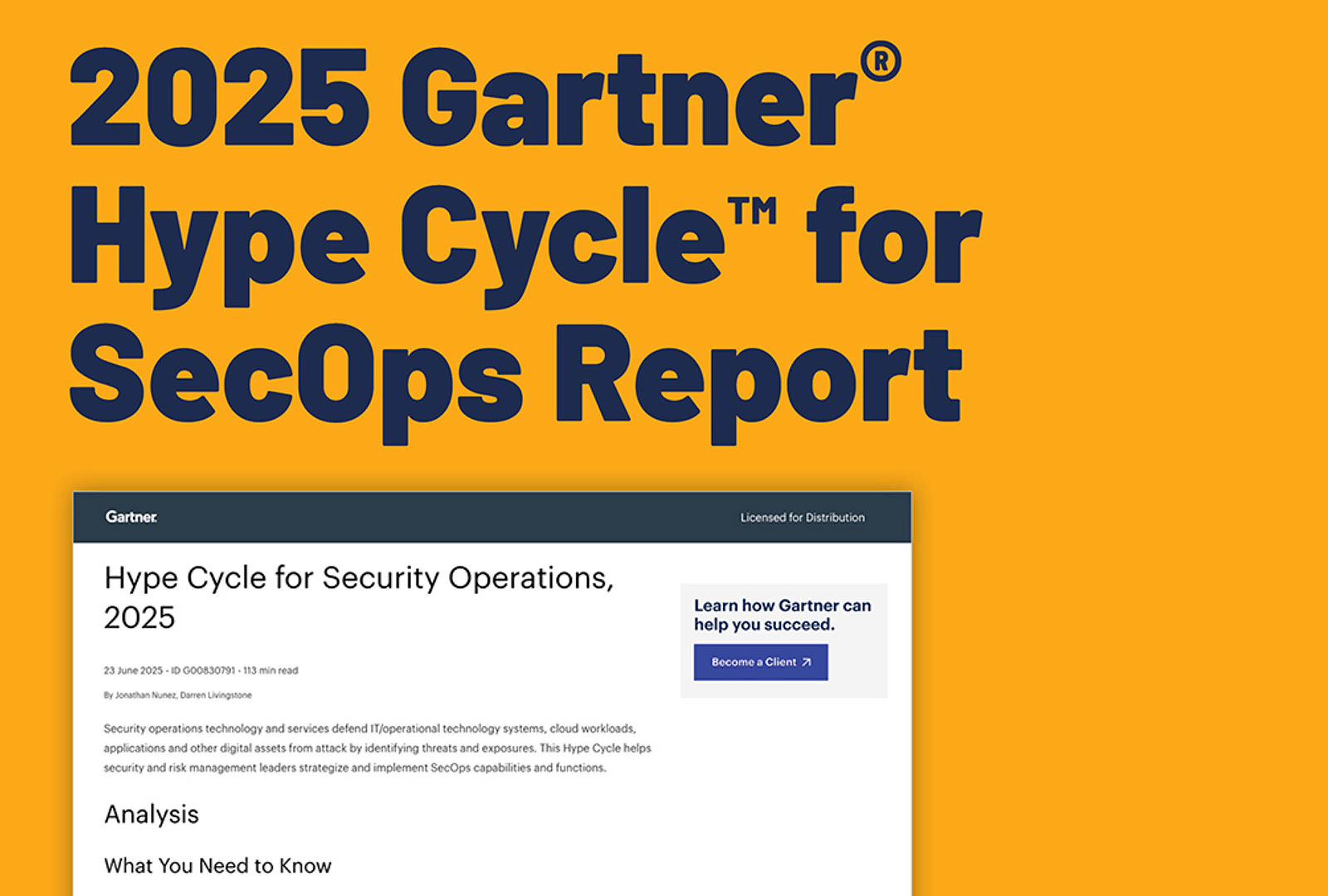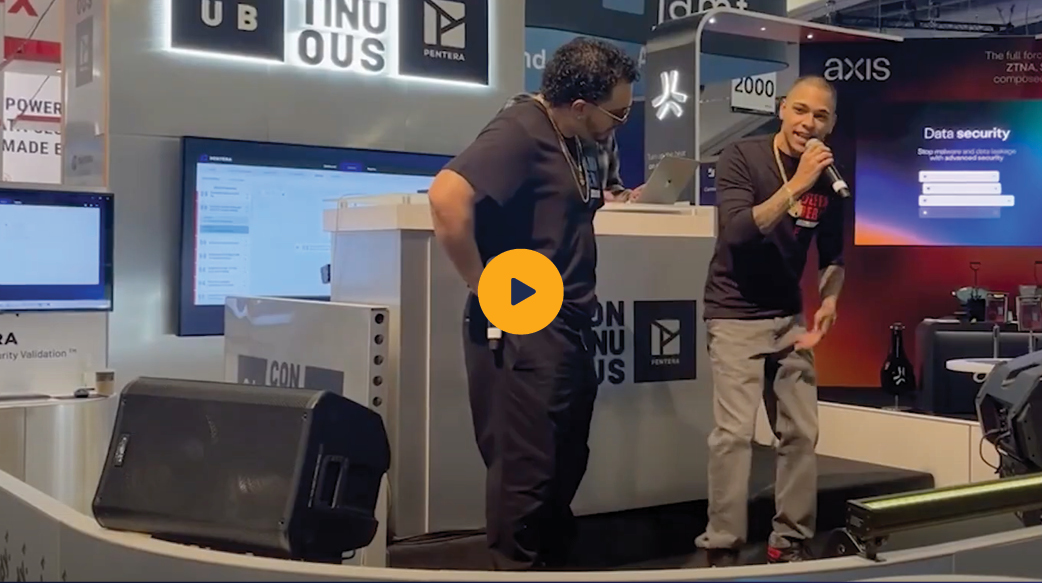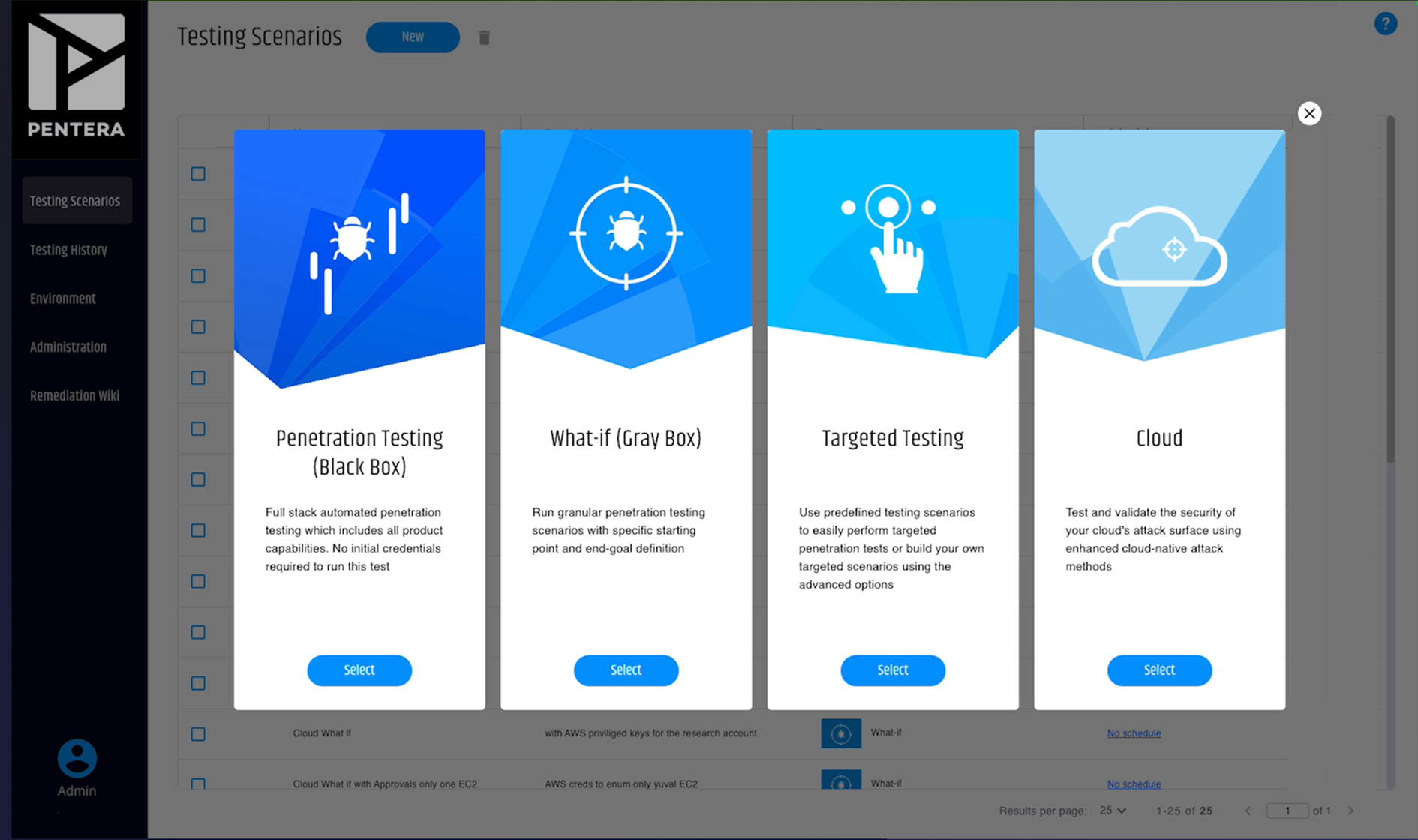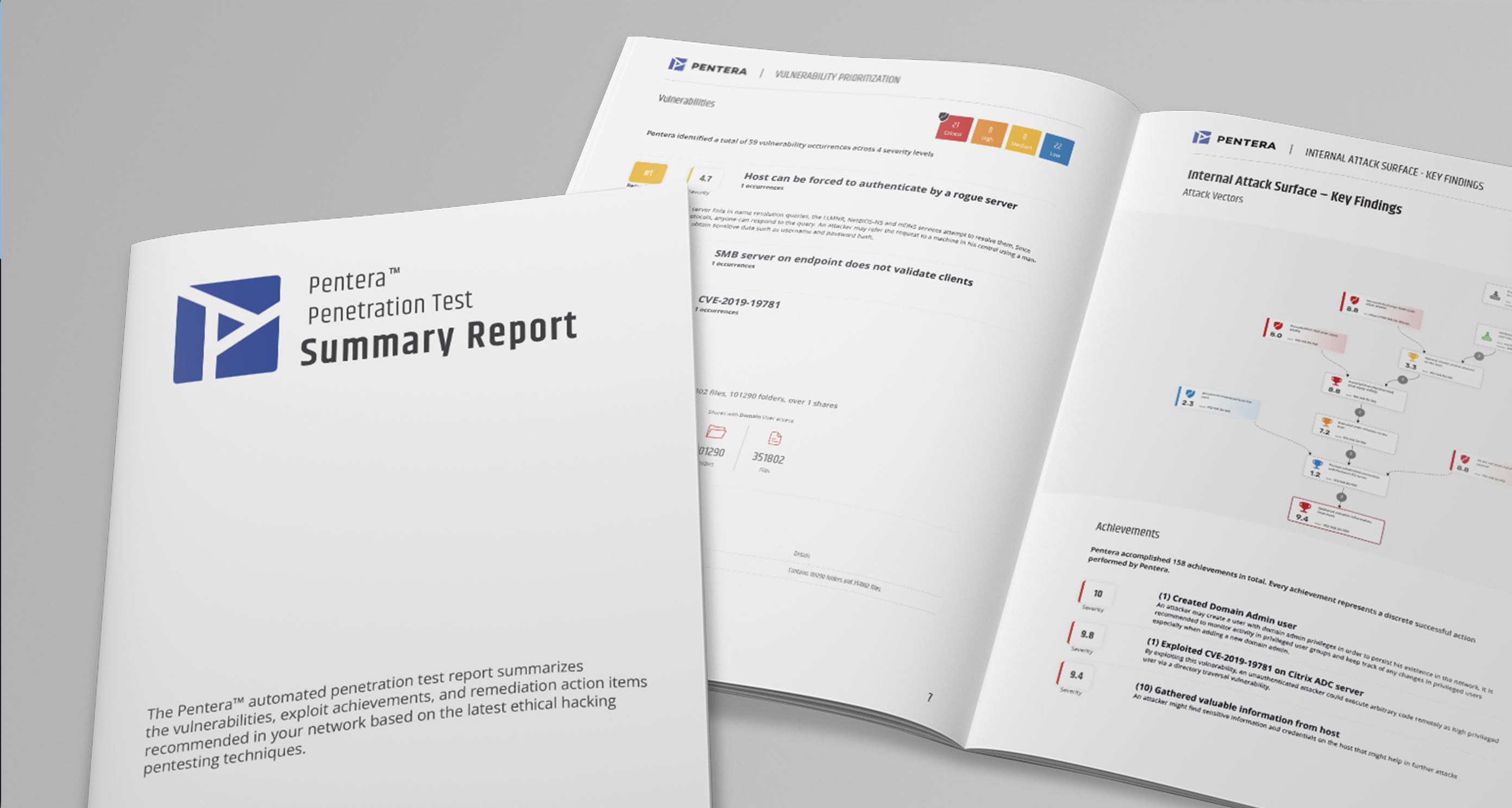Penetration Testing
Run penetration tests
on-demand anytime.
Move beyond the occasional security checks.
Scale your pen-testing
efforts 12-fold.
Make the switch from yearly to weekly or more frequent testing. Check your entire IT environment – including on-premise and cloud with automated pentesting.

Perform targeted testing.
Focus on critical areas like Active Directory misconfigurations for an in-depth assessment of your security across your entire digital footprint – on-premises, cloud, and hybrid environments. Assess identity- and password-related exposure from the attacker’s perspective, including exploitable leaked credentials and password hygiene gaps.
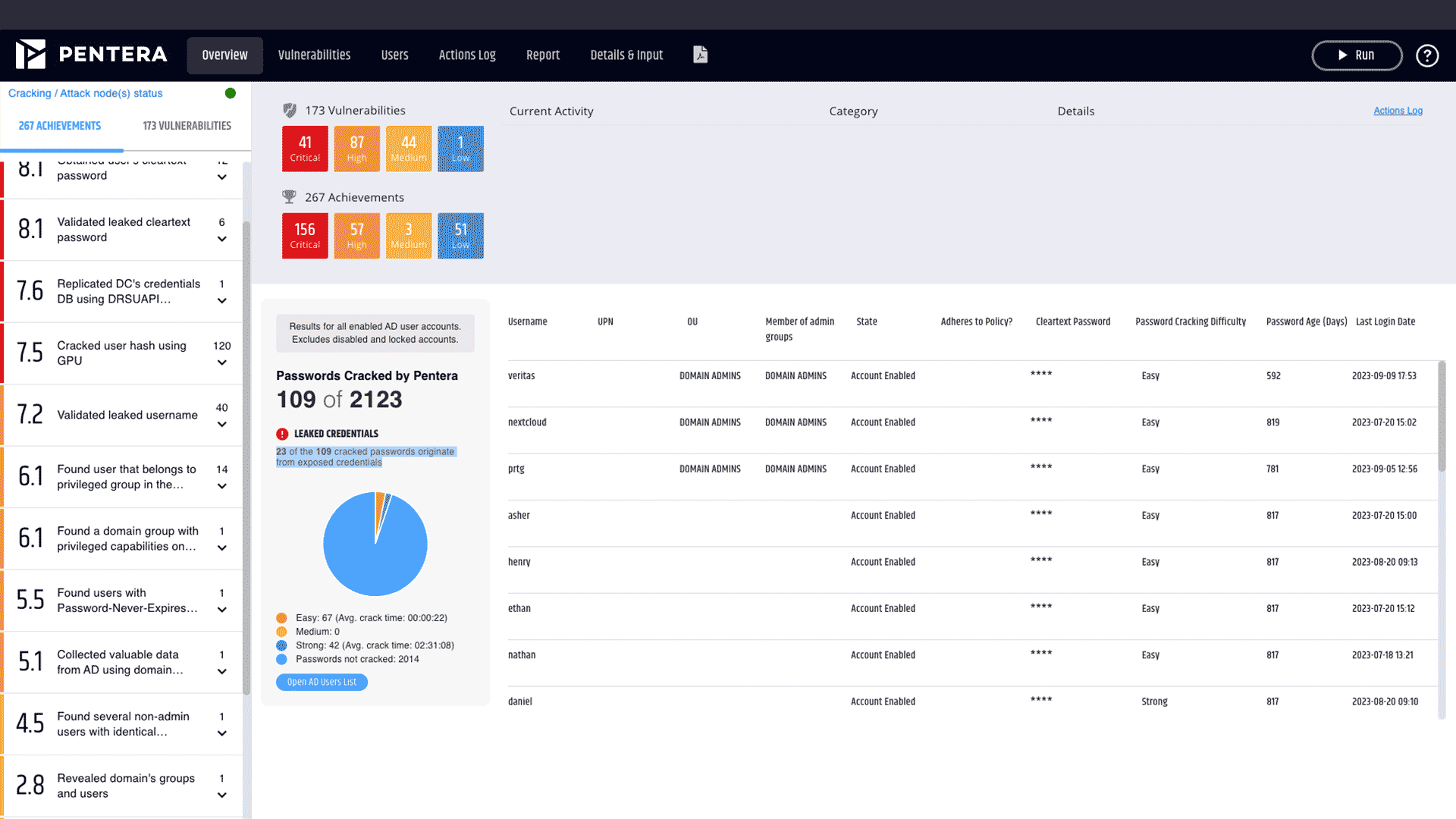
What are the best penetration testing tools?
What are the best penetration testing tools?
Top tools include Metasploit, Burp Suite, Nmap, and Nessus for manual testing. For automated, scalable testing in production environments, platforms like Pentera offer continuous, agentless penetration testing that allows you to conduct attacks at scale across the IT network.
How much does a pentest usually cost?
Traditional penetration tests typically cost between $10,000 and $100,000, depending on scope, complexity, and provider. Costs increase for large environments or multiple test cycles. For a more cost-effective alternative, you can automate testing to cover your entire enterprise attack surface, without per-test fees or human resource limitations.
What are the 5 stages of penetration testing?
he five stages are:
- Reconnaissance
- Scanning
- Exploitation
- Post-exploitation
- Reporting
It is recommended to automate this entire lifecycle safely in production, identifying real attack paths and delivering actionable insights for remediation.
What is the standard penetration test sample?
A typical sample includes testing network security, web applications, user credentials, access controls, and endpoint resilience. Pentera replicates this comprehensively by simulating attacker behavior across on-prem, cloud, and external assets, without needing scoped engagements or manual setup.
Does penetration testing require coding?
Manual testing often involves scripting and coding skills (e.g., Python, Bash) for exploit development. With Pentera, no coding is needed. The platform automates advanced testing techniques, making continuous penetration testing accessible to all security teams.
What is an example of penetration testing?
A penetration test might simulate an attacker exploiting a misconfigured VPN to gain network access, escalate privileges, and exfiltrate data. Pentera automates this scenario safely in production, validating risk and showing exactly how attackers could progress in your environment.
